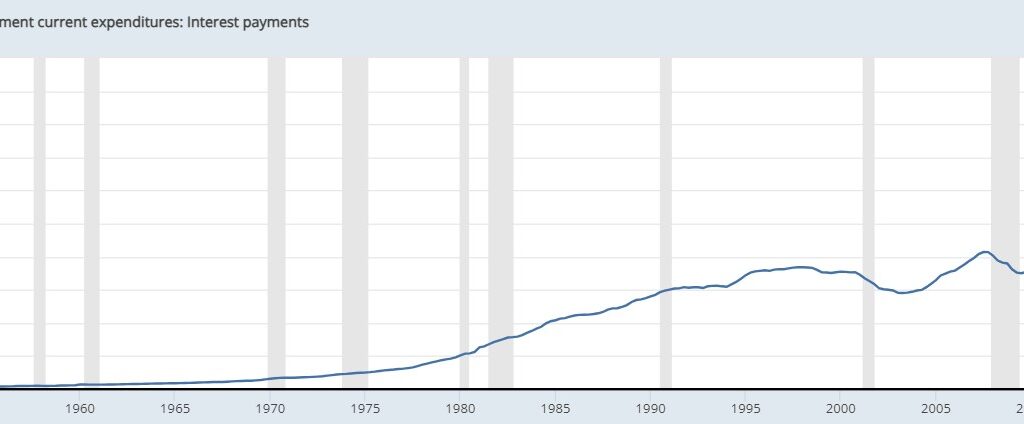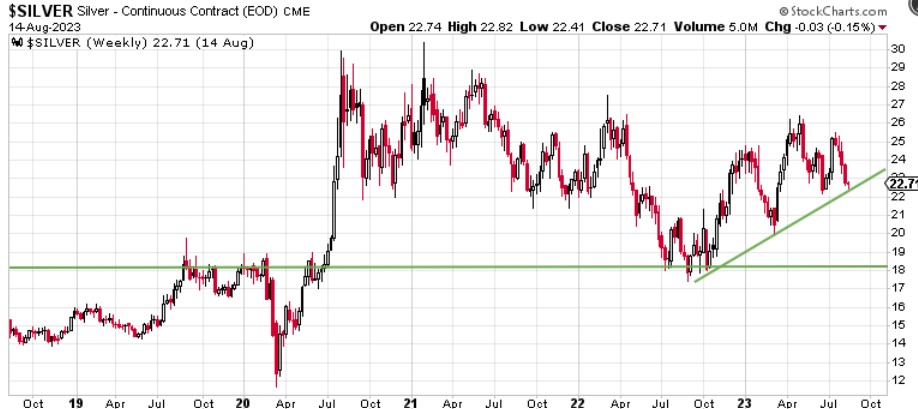This summer, gold and silver seem to have decided to fall back on the old adage, “Sell in May and go away until Labor Day.” The price action has been pretty dull. For those who are accumulating the metals in the face of increasing US political, geopolitical, and economic tensions, this is all a gift. We don’t know of any serious precious metals market analysts who see the price of gold (and silver) collapsing in the coming months and years. On the contrary, with each passing month, the long-term outlook for these hard assets gets stronger.
For the remainder of 2023, gold is expected to maintain its appeal as a hedge against economic uncertainties such as inflation, fluctuations in global currencies, and a potential stock market correction. Traditionally, interest rate hikes limit its upside potential. However, that is only true when the financial system is healthy.
Today, with the enormous glut of global debt, interest rate hikes to combat inflation are becoming seen as an increasing threat to the viability of the present financial system. At some point, higher rates will cease to become a competitor with gold, and instead, boost demand for it. Meanwhile, silver as an industrial metal continues to see increasing demand in applications such as technology and renewable energy.
All of this leads us to be more confident than ever that gold pricing will continue to find solid support in the $1,850 to $1,900 range as it waits for what seems inevitable–a major financial disruption, expanding war, or both. Then the catalyst for a sustained upward move will have been triggered.




